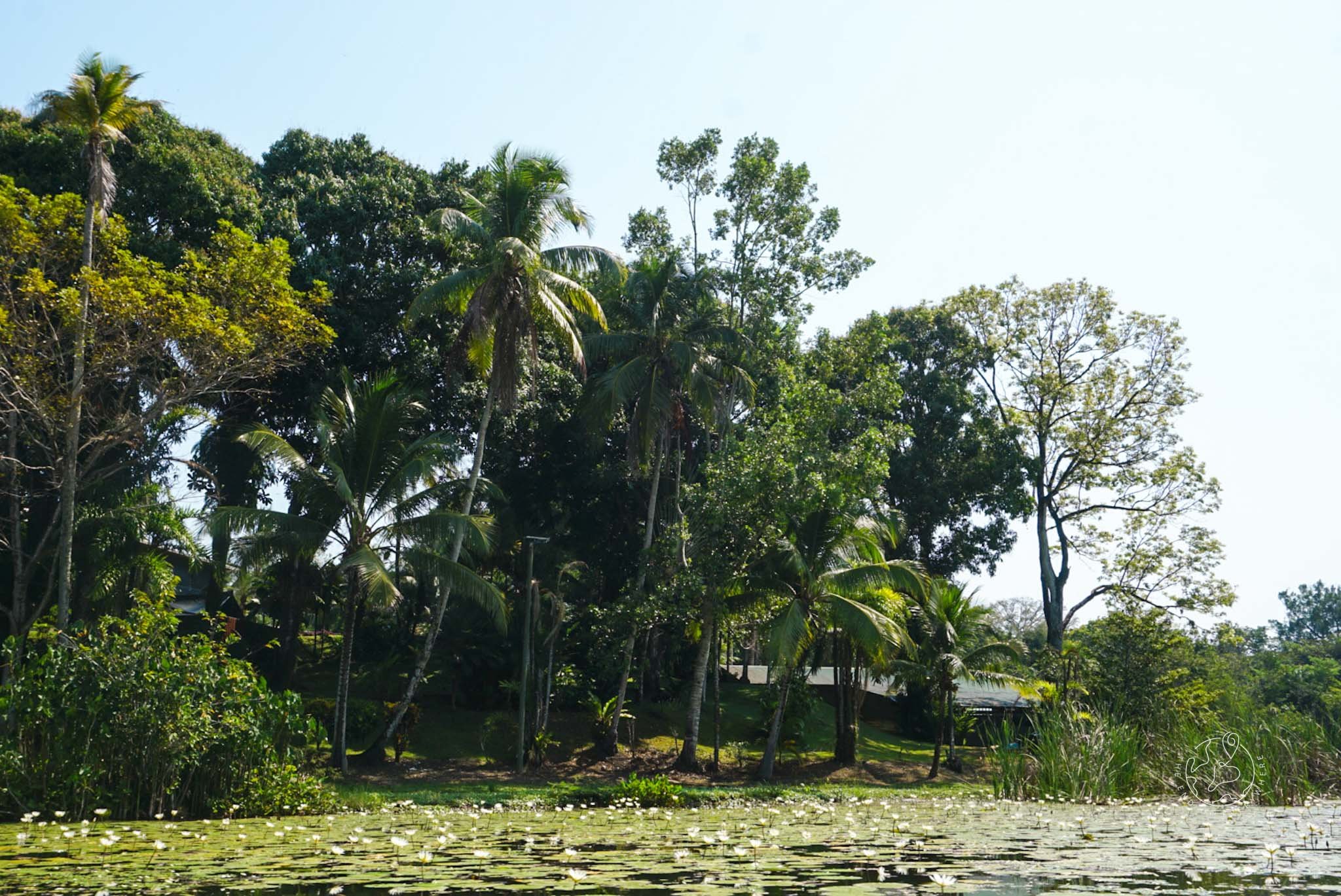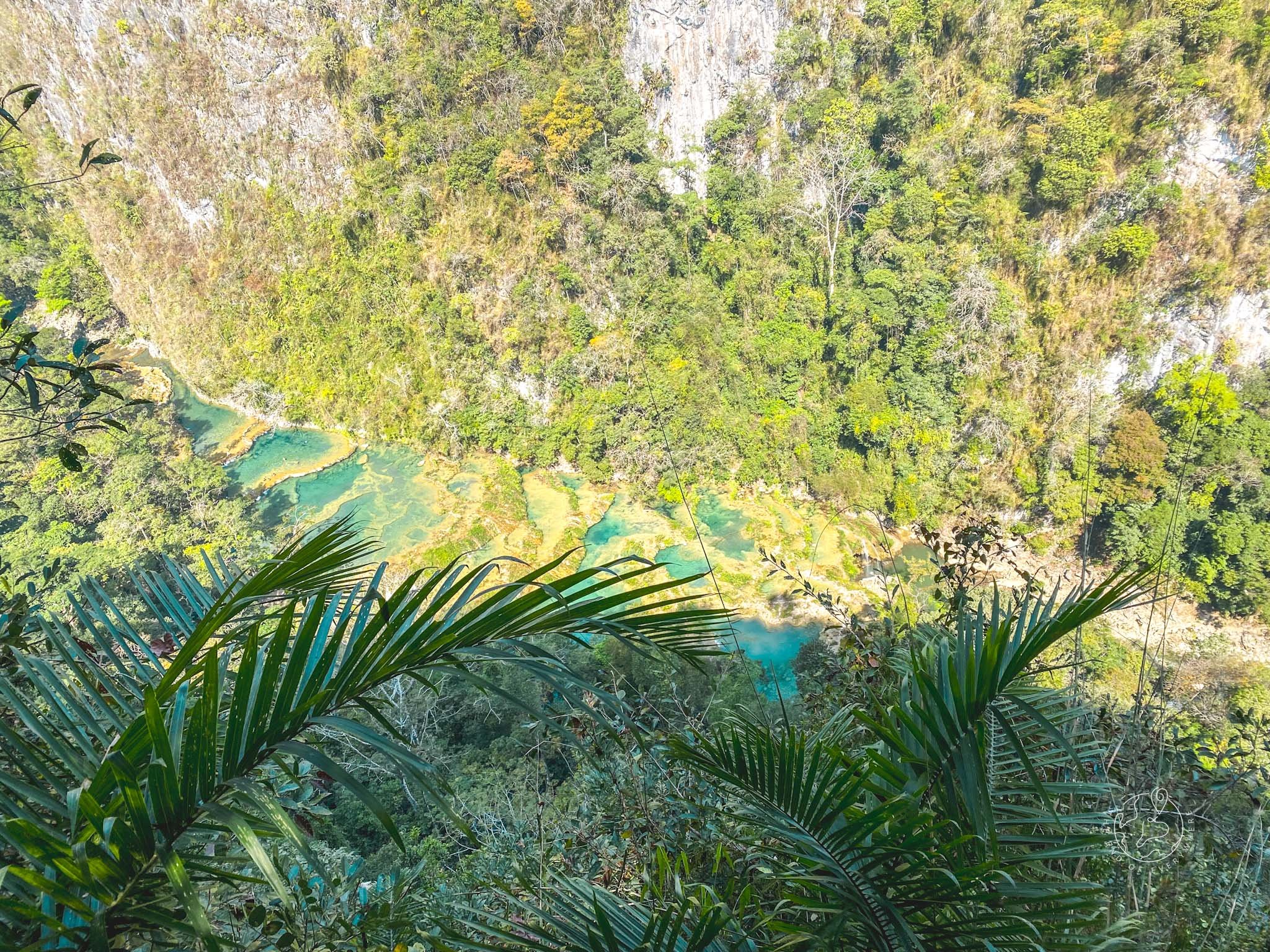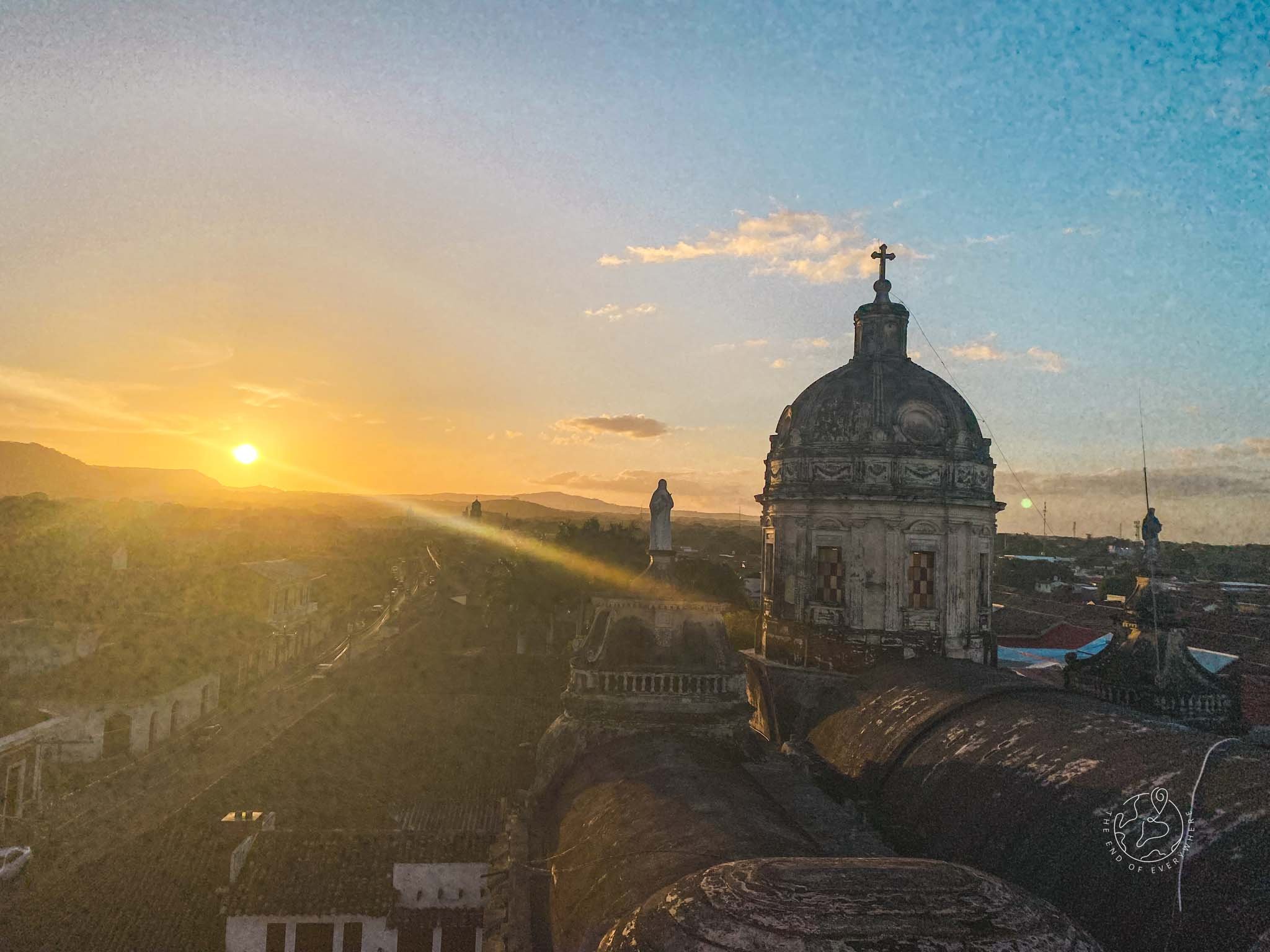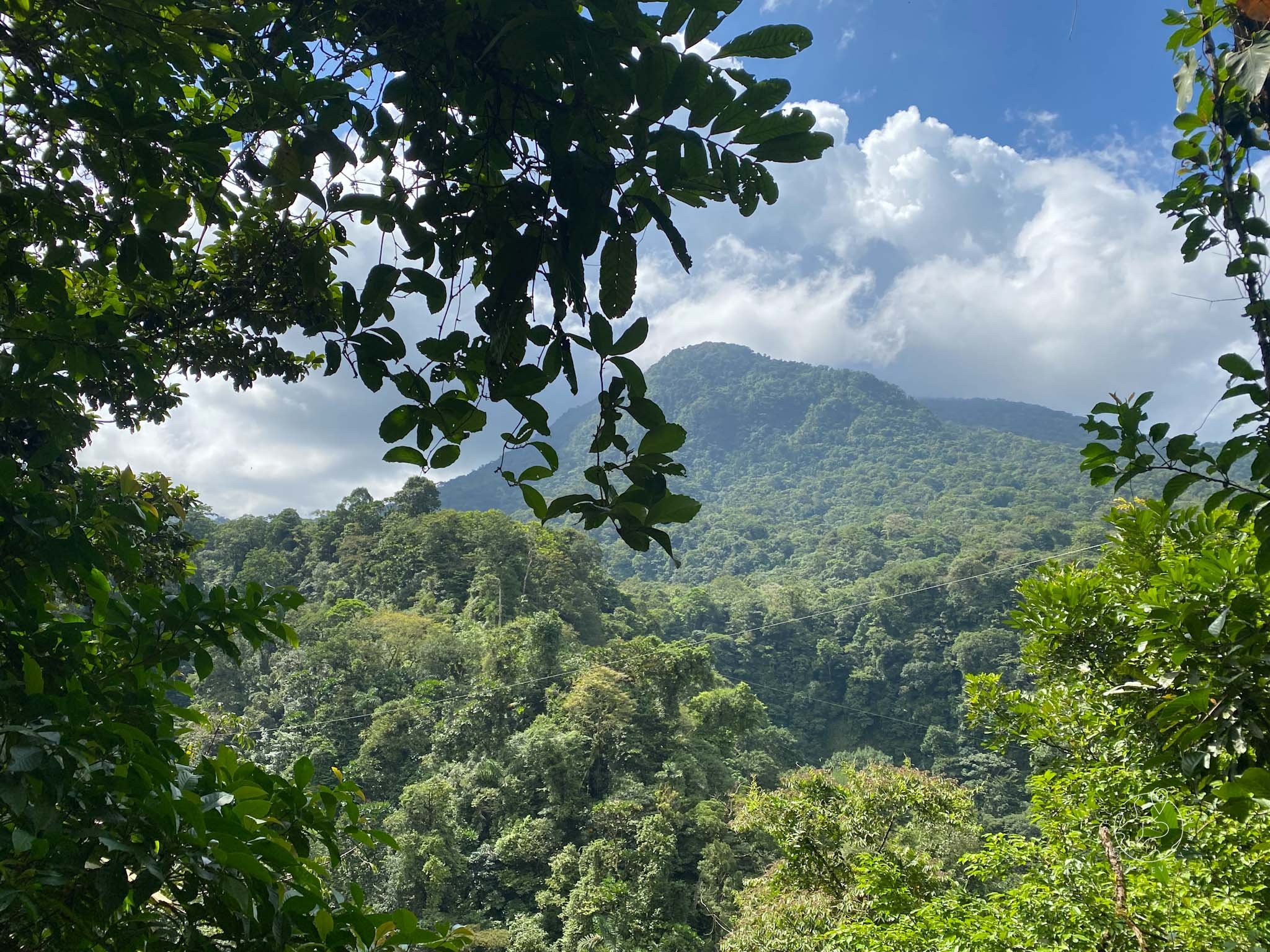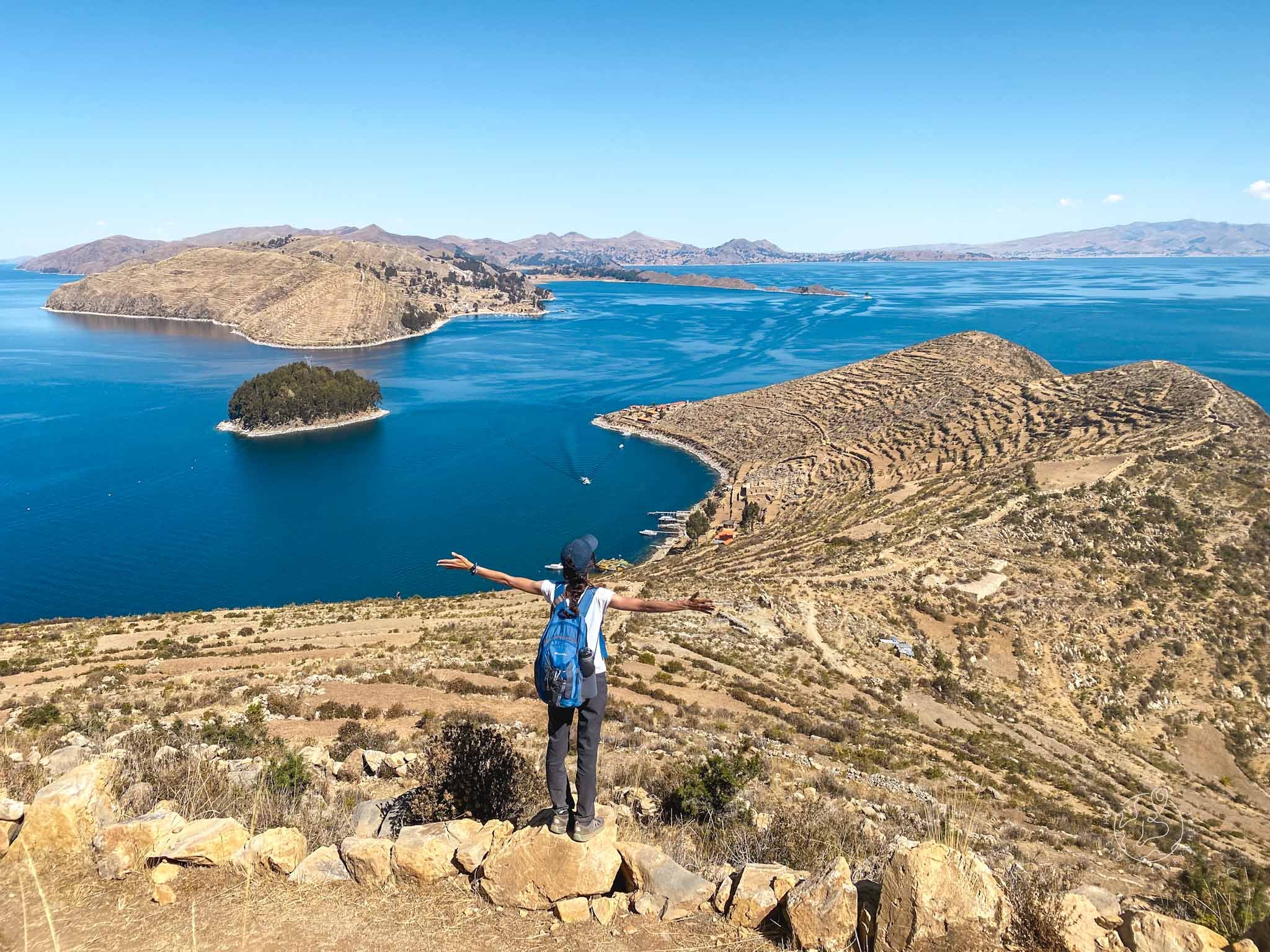Visiting the Grand Canyon by Helicopter
When you’re young, you don’t think about the last time you will ever go on a family holiday.
And by that I mean, the last time your parents organise everything, pay for everything and take just you and your siblings away. I know not all families are in a position to do this, and I think I was never grateful enough for the family holidays I did have.
In the summer of 2008, I had just finished college and was waiting to go to university, whereas my brother had just turned 21 and was about to graduate. We all knew it was probably the last time we would go away just the four of us and so we had to make it memorable. We spent 3 weeks in Canada and USA where we saw so many incredible things, but perhaps the best experience of them all is the subject of this blog post: we took a helicopter ride to the Grand Canyon.*
Boujee, right? But I loved it precisely because it was so far outside of what we would usually do. I’d never done anything like it before and I haven’t done anything like it since.
Grand Canyon Helicopter Tour
The first thing you should know is that passengers in a helicopter have to be positioned carefully so that their weight is even. Great news for my brother and me, who ended up sitting up front with the pilot and were spoilt with insane views.
The flight from an airport outside Las Vegas was around 30-40 minutes and featured bird’s-eye views of the Hoover Dam, Lake Mead (the Lake created by the Dam), and the Colorado River. The bright blue of the water stood out like a vein running through the red landscape - the image sticks in my mind even now, 15 years later.
What does flying in a helicopter feel like? It’s difficult to describe. It definitely felt flimsy compared to the sturdy airplane travel we are used to. It is loud and you are very aware of your movement through the air. That’s not to say I felt unsafe. The landscape below us was stark and vast, with little in the way of settlements, so it didn’t feel so daunting to look down.
The helicopter took us around the West Rim of the Grand Canyon before descending down to the bottom. From here we got on a boat and cruised down the Colorado River, learning about the geography of the location. Our next location was back up on the West Rim to do the Grand Canyon Skywalk. Truthfully, this is a bit of a gimmick. It is a glass-bottomed platform that protrudes out into the canyon so you feel like you are walking on air - and get to look directly down over 600m. You have to wear little slippers over your shoes to protect the floor of the walkway and you can’t take your own camera - but you can, of course, buy a souvenir photo.
From there it’s back to the helicopter for the return flight after a pretty epic day trip to the Grand Canyon!*
What’s so impressive about the Grand Canyon?
The Grand Canyon is a breathtaking natural wonder, boasting dramatic views of red rocks and a rich geological history. It was formed over millions of years by the Colorado River, which carved through layers of rock to create the massive canyon we see today.
Why so Grand? It stretches over 277 miles and is up to 18 miles wide, with rock layers that are millions of years old. It’s home to towering cliffs, flat-topped mountains, and colourful rock formations.
The canyon's natural features are a testament to the immense power of nature and provide visitors with a unique glimpse into the Earth's complex geological history.
The spiritual importance of the Grand Canyon
The natural history of the Grand Canyon is beyond fascinating, but for a history buff like me, it is the cultural significance of the land that drew me in. The Grand Canyon is so famous for being a natural wonder of the world that I had no idea about the diverse human history of the site that spans thousands of years. For centuries, Native American tribes have called the canyon home, and their history and culture are deeply intertwined with the landscape.
Paleo-Indians were the first known inhabitants and evidence of their presence has been discovered that dates back more than 12,000 years. Over time, several different tribes made their home in the land around the canyon. For these people, it is more than just a natural wonder – it is a sacred place with divine power. The canyon is seen as a place of renewal, where the natural world and the spiritual world intersect. The Hopi, for example, believe that their ancestors emerged from the canyon onto Earth.
The area we visited, on the West Rim, is located on the Hualapai reservation. At Eagle Point, there was an example of a Native American village with exhibits showing tribal heritage, architecture, and traditions. On a visit that can feel like very tourist-oriented - crowds of people, gift shops, and cameras everywhere - it is a really well-located reminder that the canyon is not just a scenic attraction. It is a place of historical, cultural, and spiritual importance to many people and, as visitors, we should strive to respect and honour this.
Exploring further into the Grand Canyon
Whilst arriving by air is a great way to get an overview of the site, now that I’m older and have more experience travelling I wish we had had the opportunities to explore further and immerse ourselves in the landscape on foot.
There are several hiking trails that lead down into the canyon, the most popular of which is the Bright Angel Trail: a 9.5-mile trail that descends 4,380 feet.
I imagine it is tough hiking in the relentless, glaring heat, but there is plenty of safety information, information on trails and amenities like restaurants and lodging. It is definitely something I want to go back and experience in the future!
As I said at the beginning of this post, getting in a helicopter is one of the most lavish and memorable travel experiences I’ve ever had. If it’s within your means or if you're looking for an adventurous way to see the canyon, it offers a unique perspective and allows you to see parts that are not accessible by foot. But if you really want to immerse yourself into the landscape, opt for exploration by foot - if and when I return, that will be my plan. Unless I can borrow my dad’s credit card…
*Affiliate link - if you click this link and book we will earn a small commission. There is no extra cost to you!
Related Content
Pin this blog post to read later…











